Since the late 1980s, Tom Burr has been reusing appropriation strategies in his art. Not confined to his photographic and sculptural works, they also lend momentum to many of his writings. The artist has created assemblages of personal writings and sources, differing in nature and style, which he has used as both conceptual and aesthetic materials in his oeuvre. Thus, Burr extends his art praxis into the field of writing, and vice versa; art and language cannot be dissociated from each other. At times, the text precedes and anticipates the work; at others, it emanates and results from it; in most instances, it is an integral part of it. Words constitute the work.
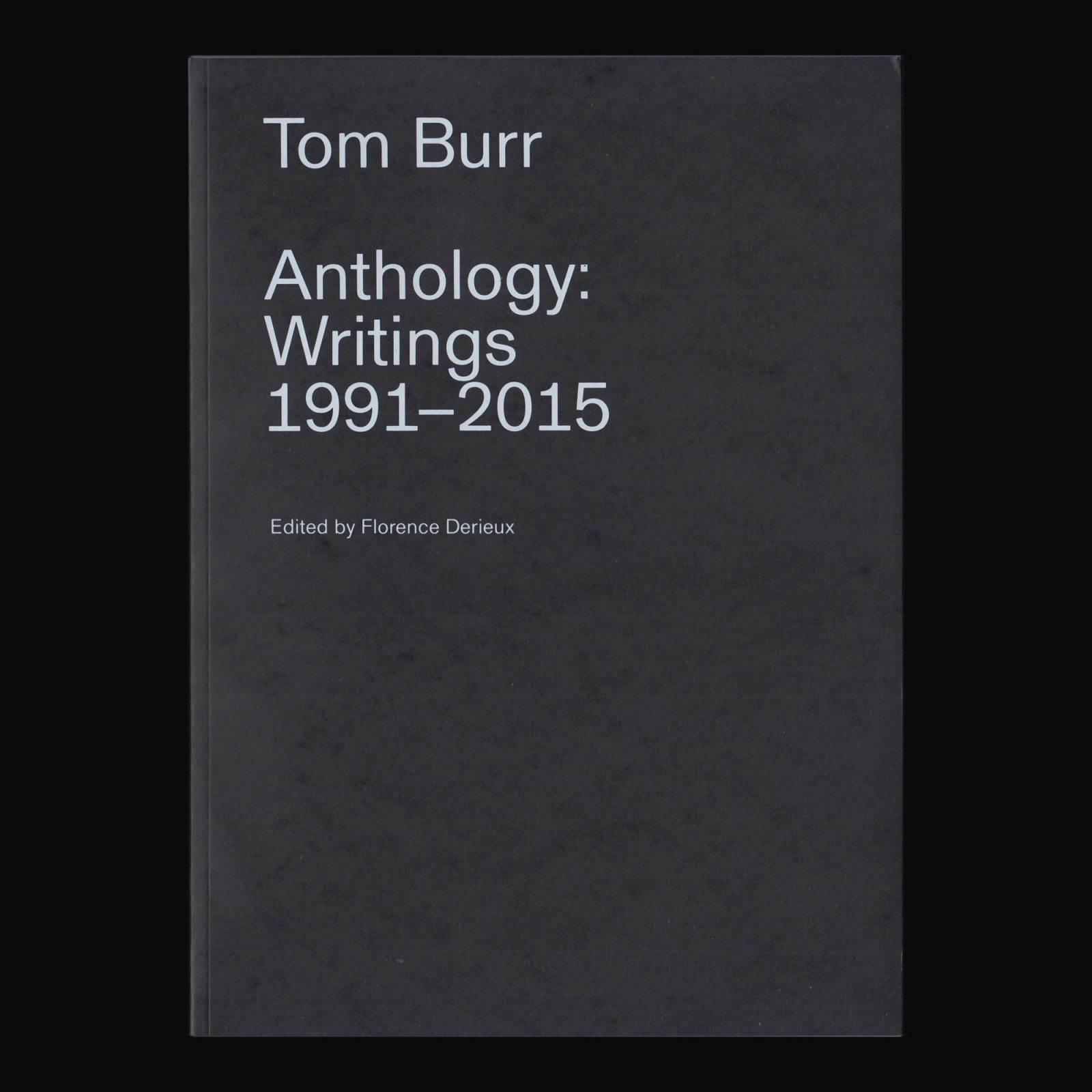
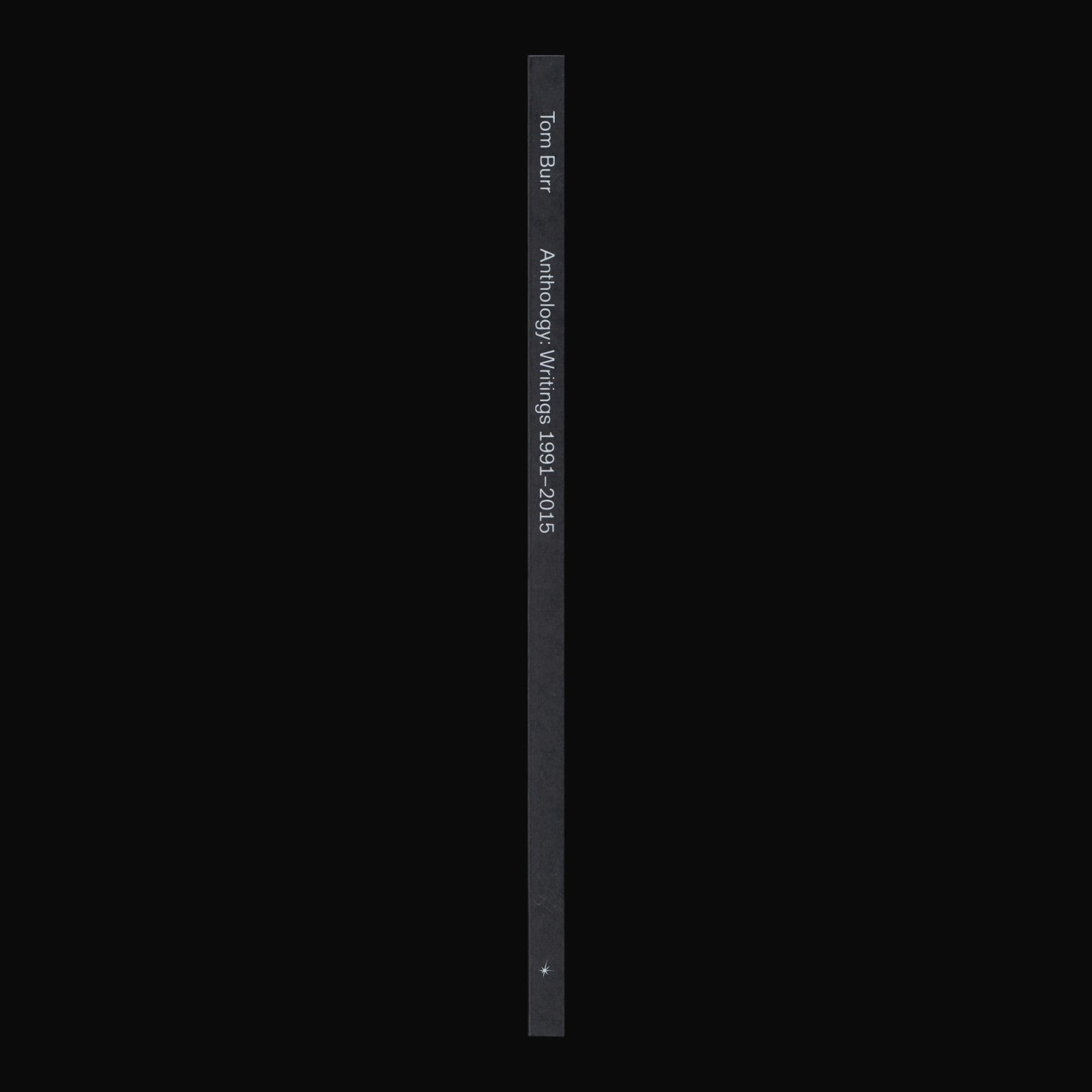
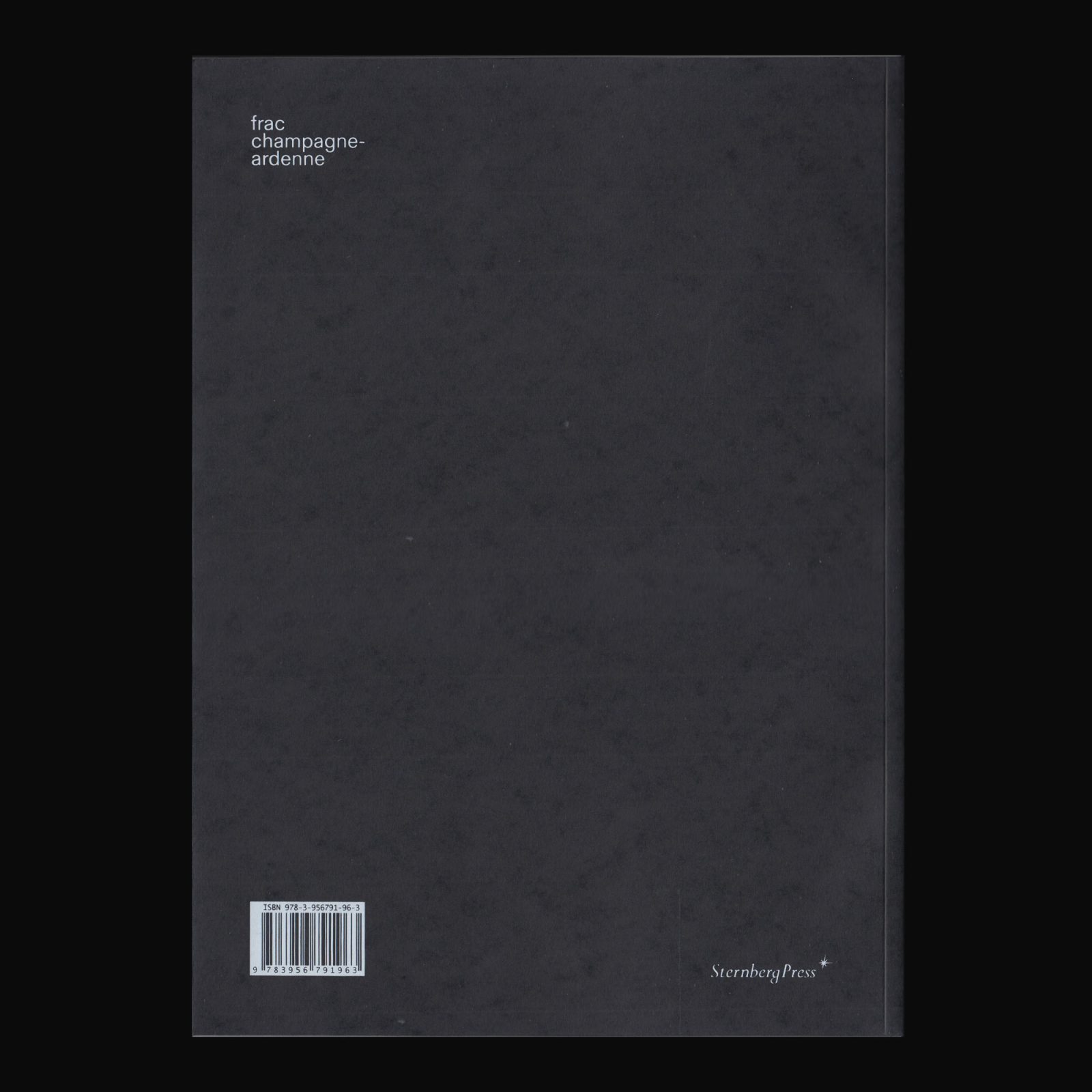
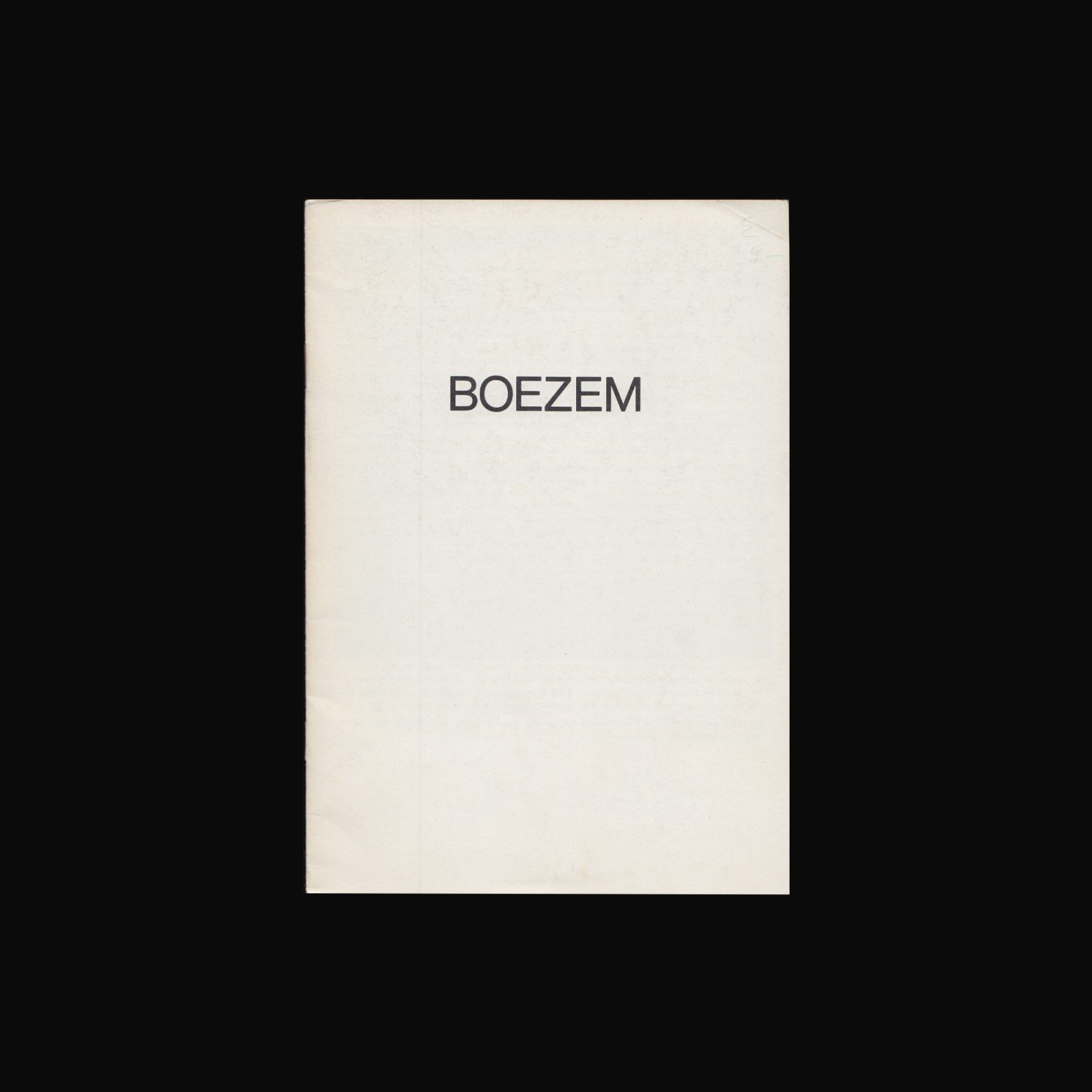
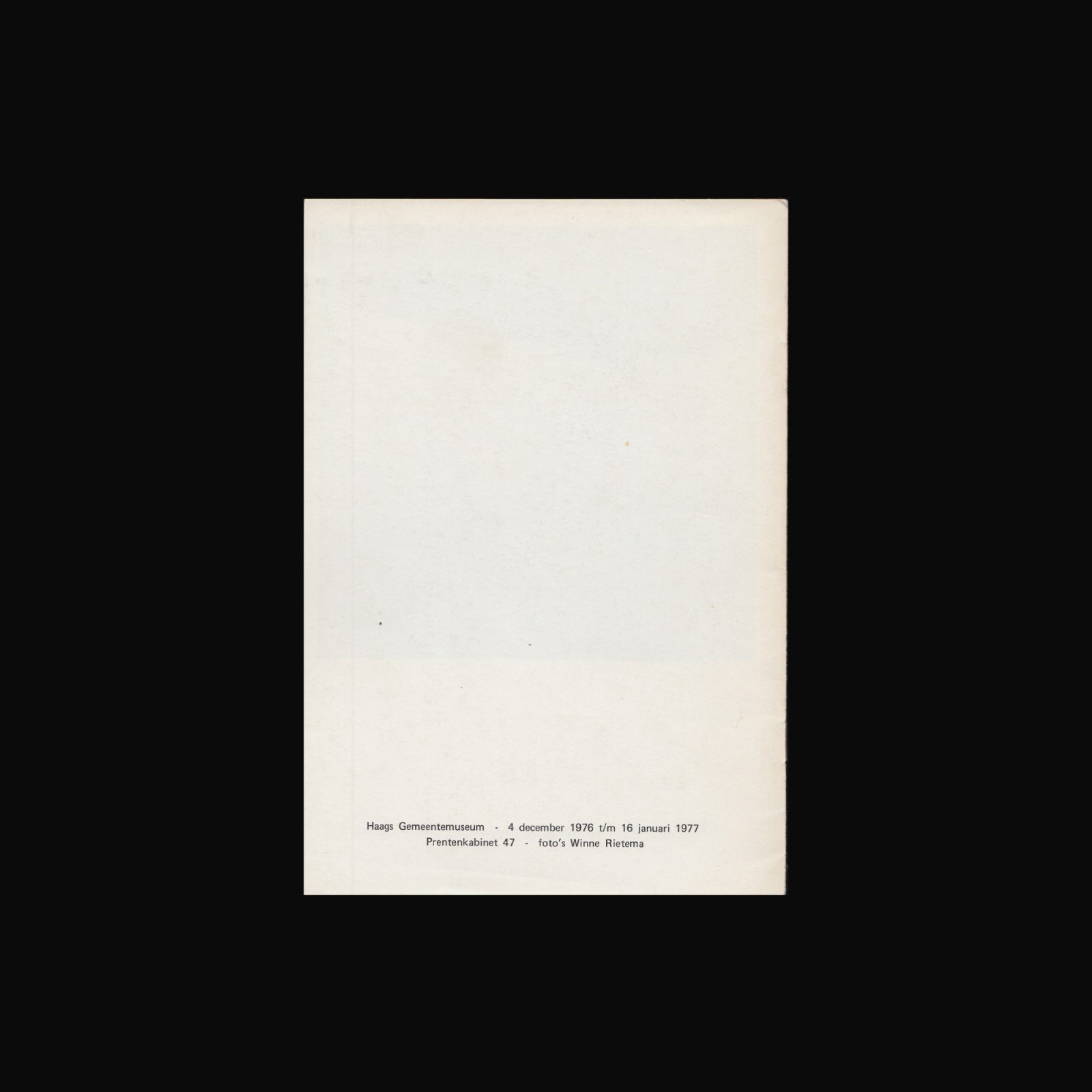
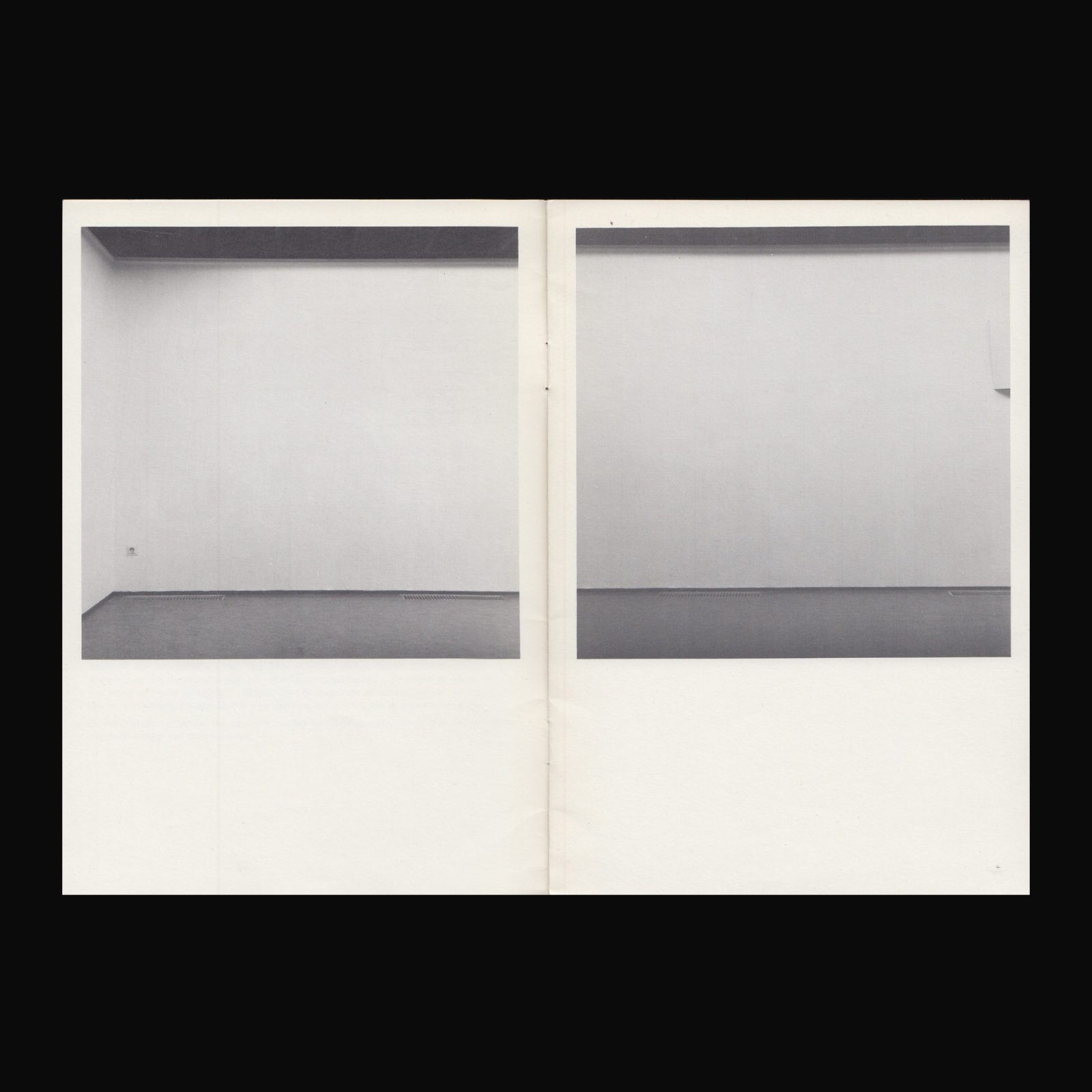
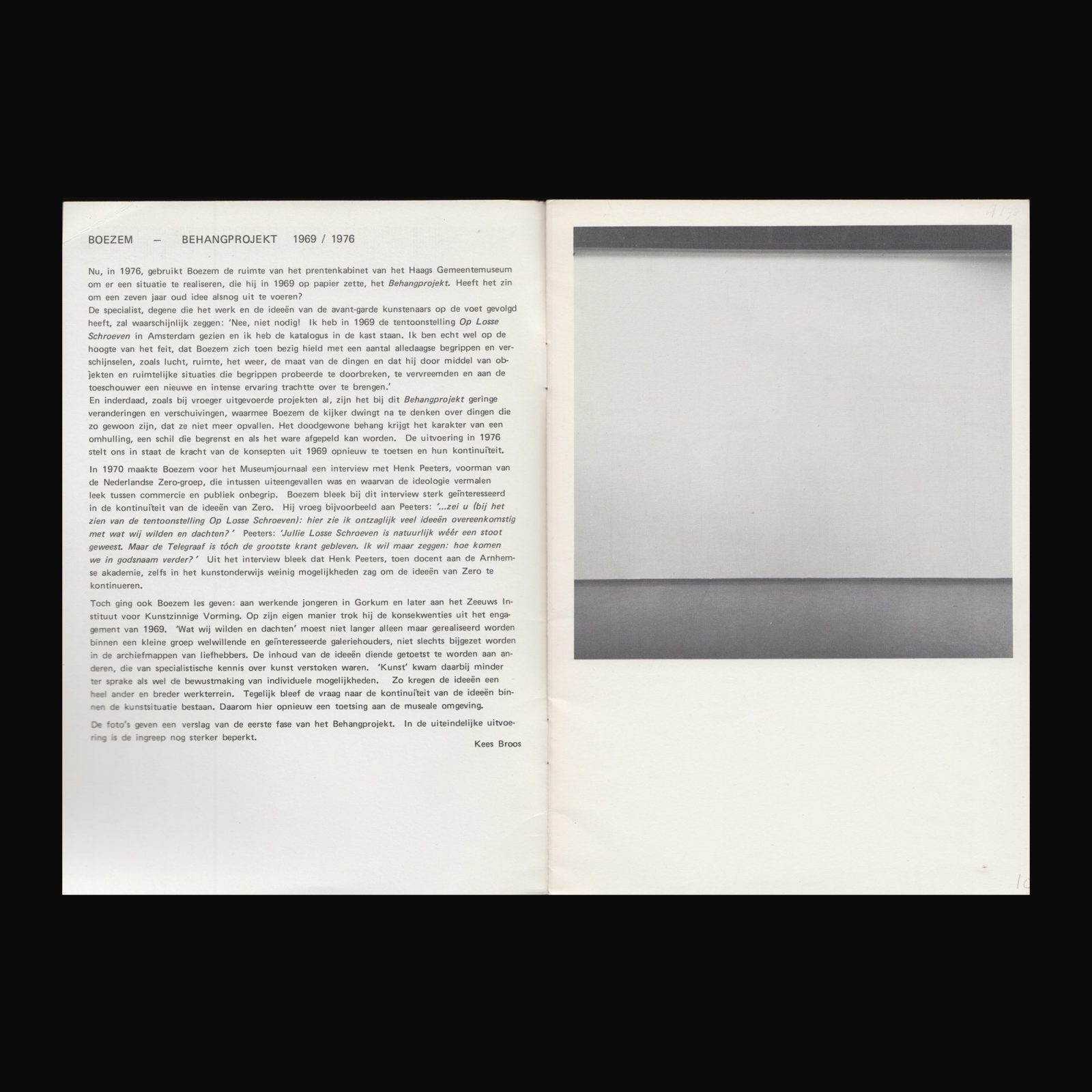
Produced on the occasion of Boezem: Behangprojekt 1969/1976 at Haags Gemeentemuseum, Den Haag, 4 December, 1976–16 January, 1977.
*Please note this publication is secondhand and has some traces of previous ownership.
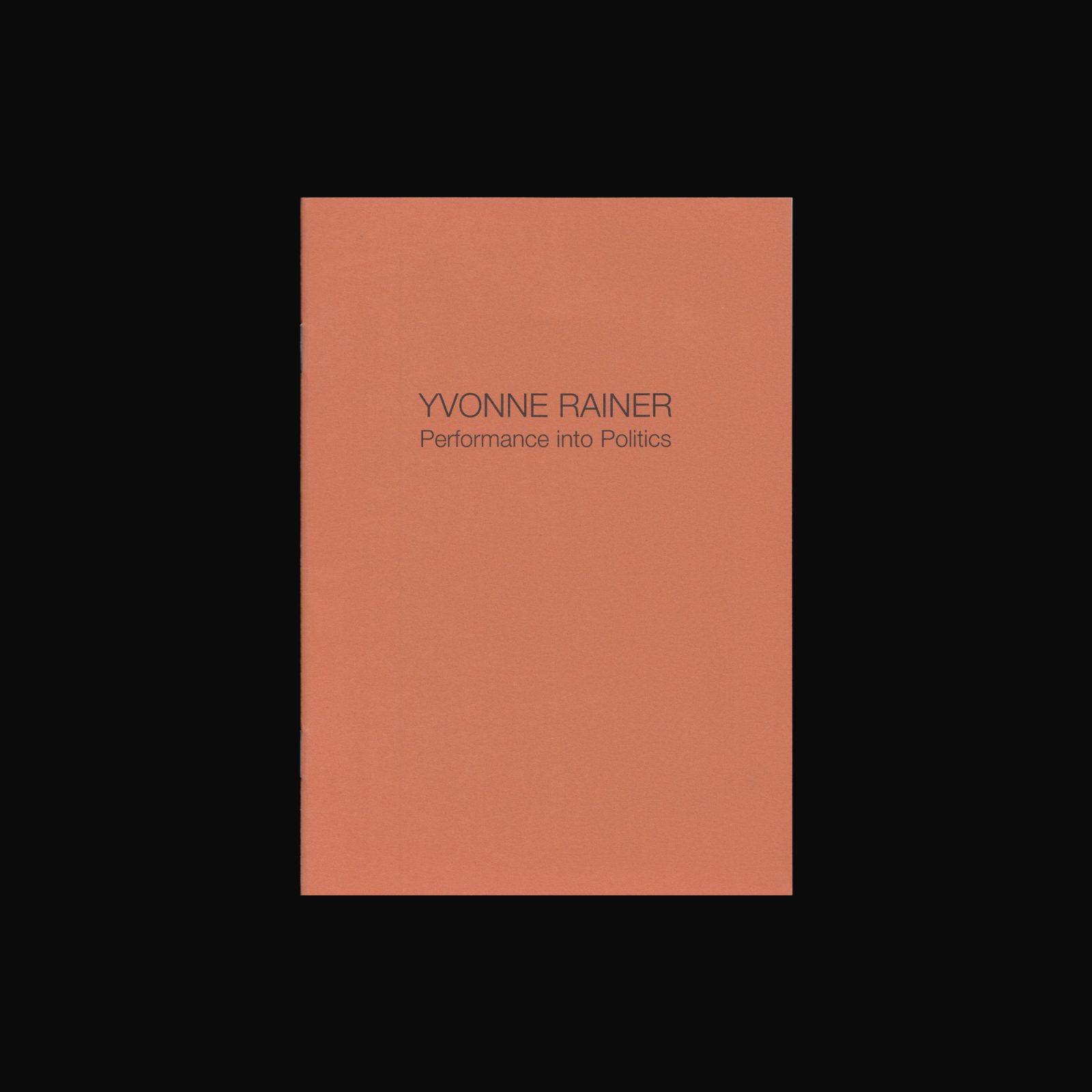
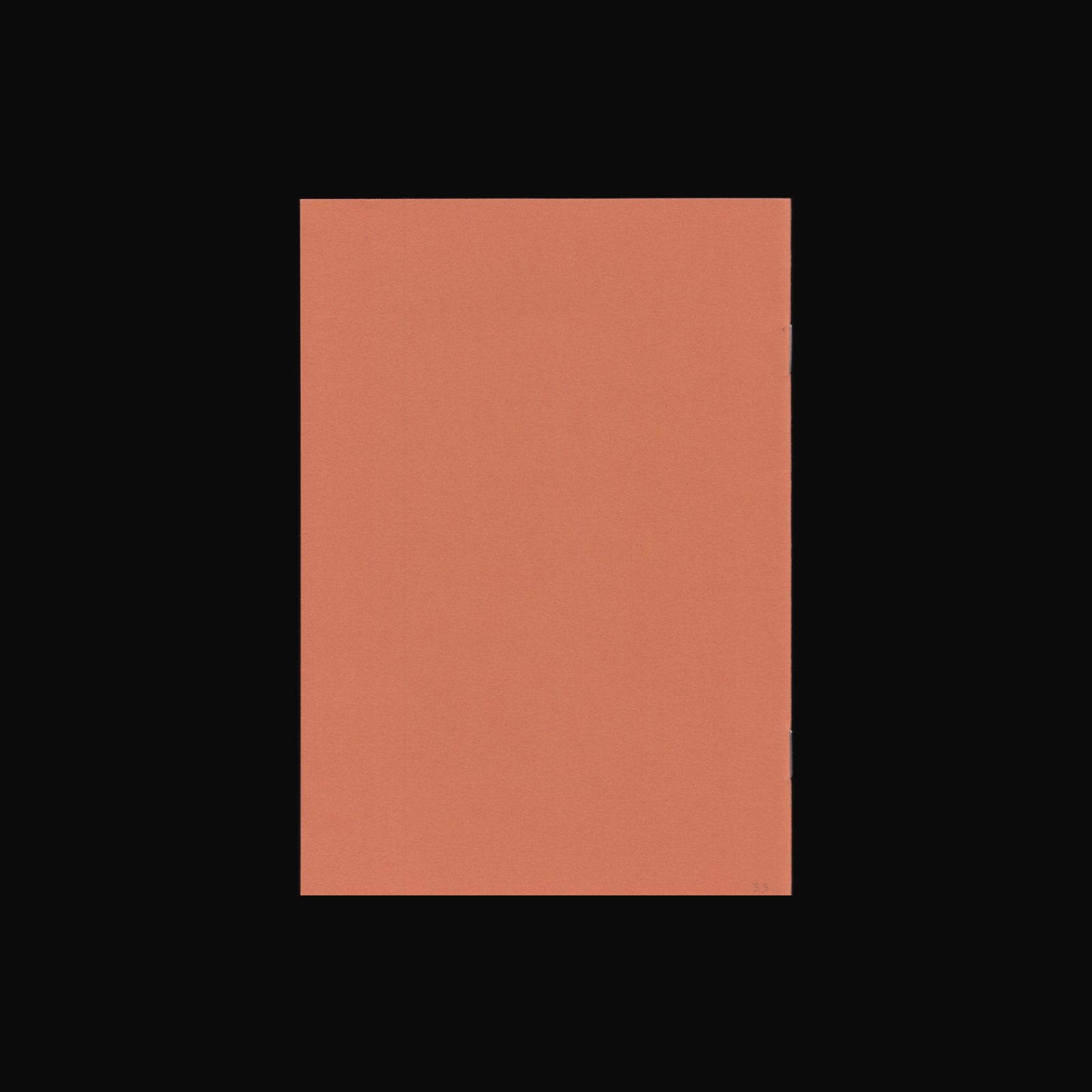
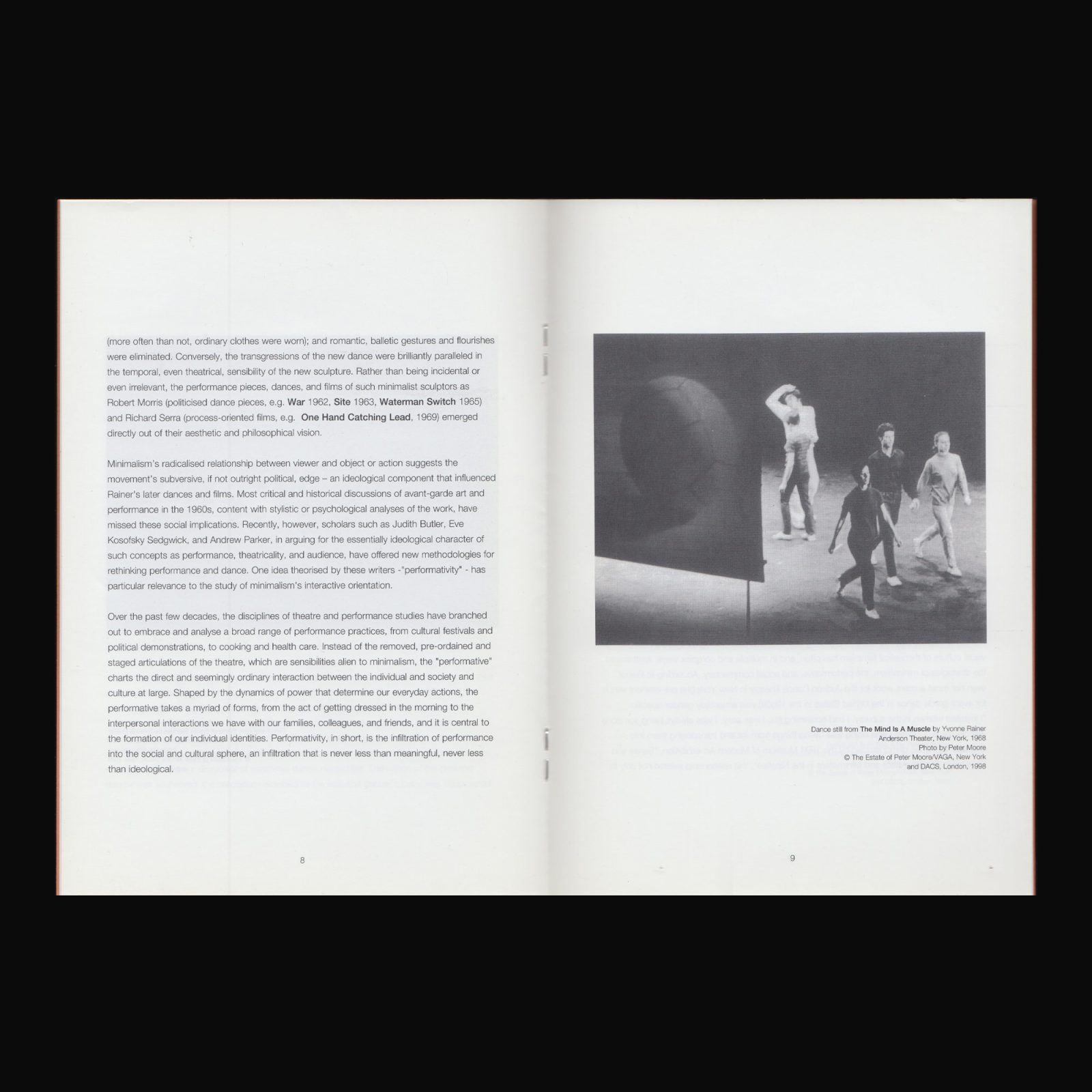
Produced on the occasion of Performance into Politics by Yvonne Rainer at the Barbican Centre, London, 10 June–15 July, 1998.
*Please note this publication is secondhand and has some traces of previous ownership.
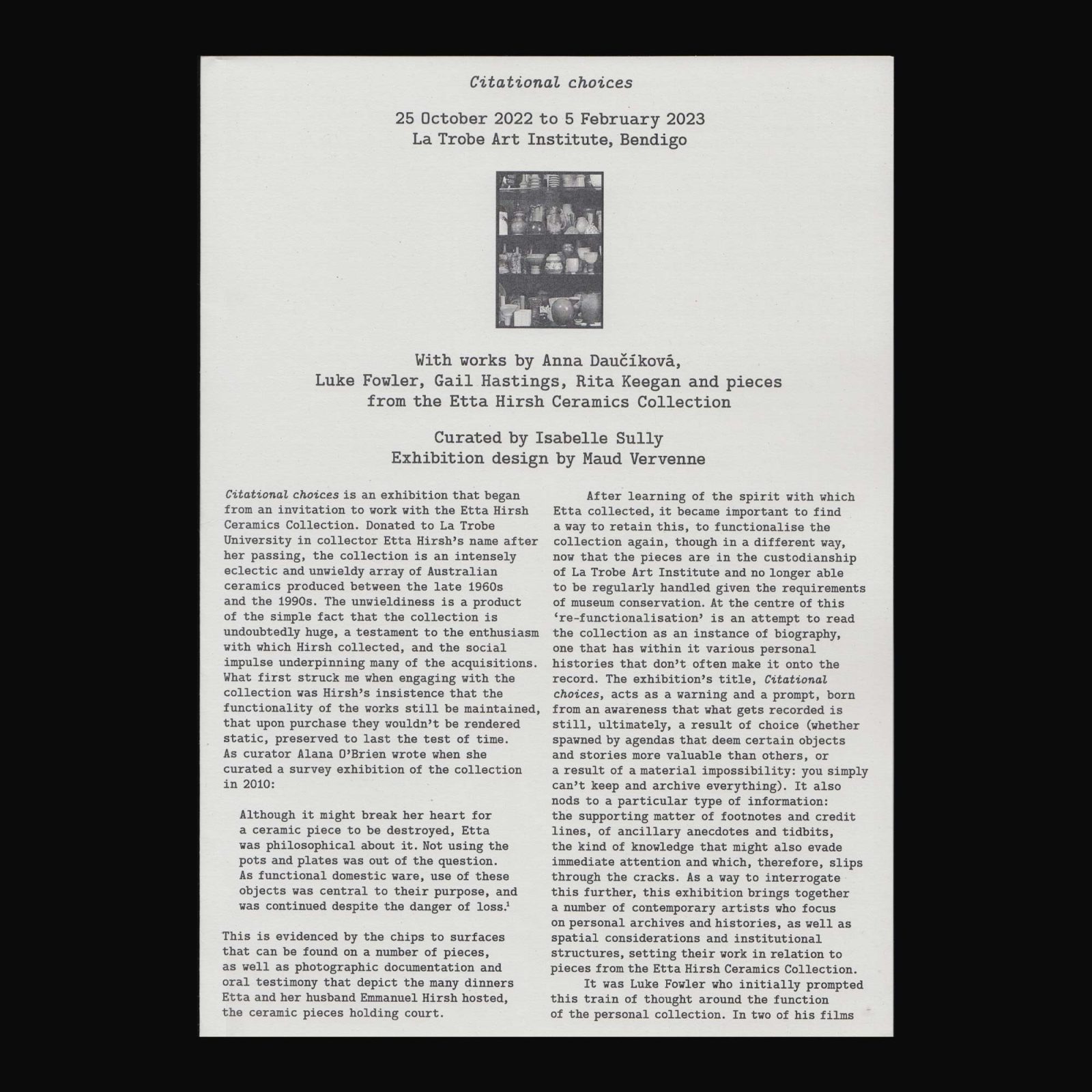
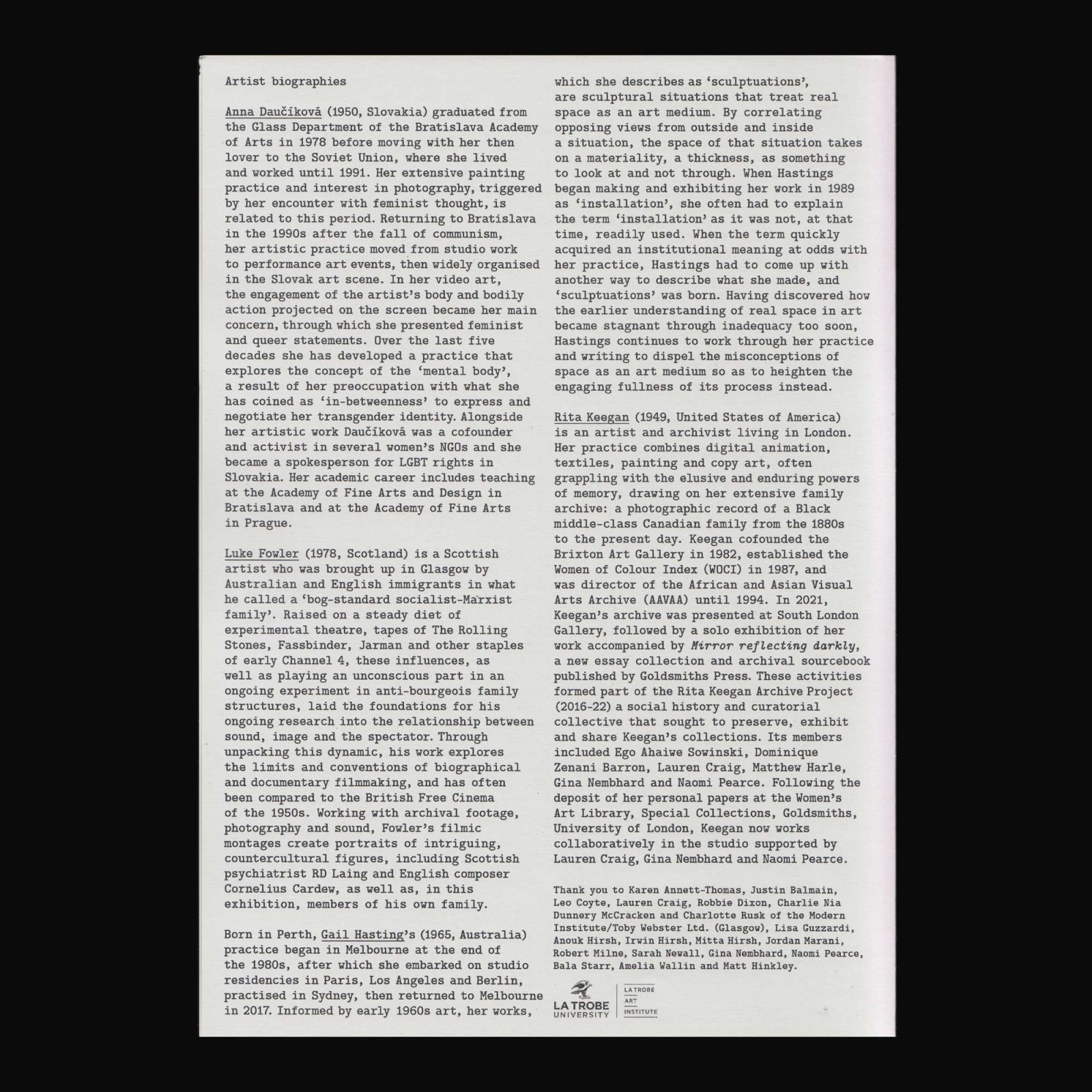
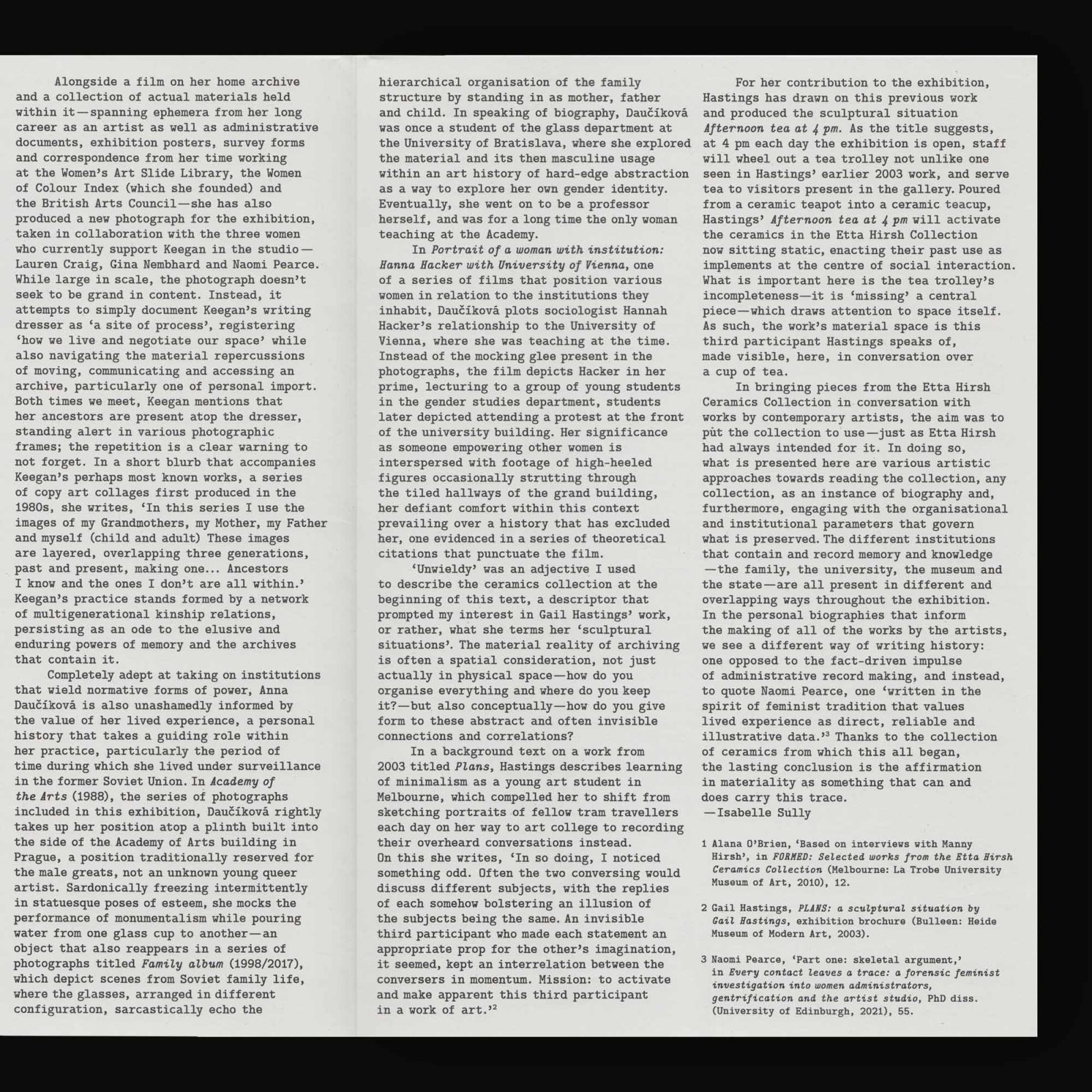
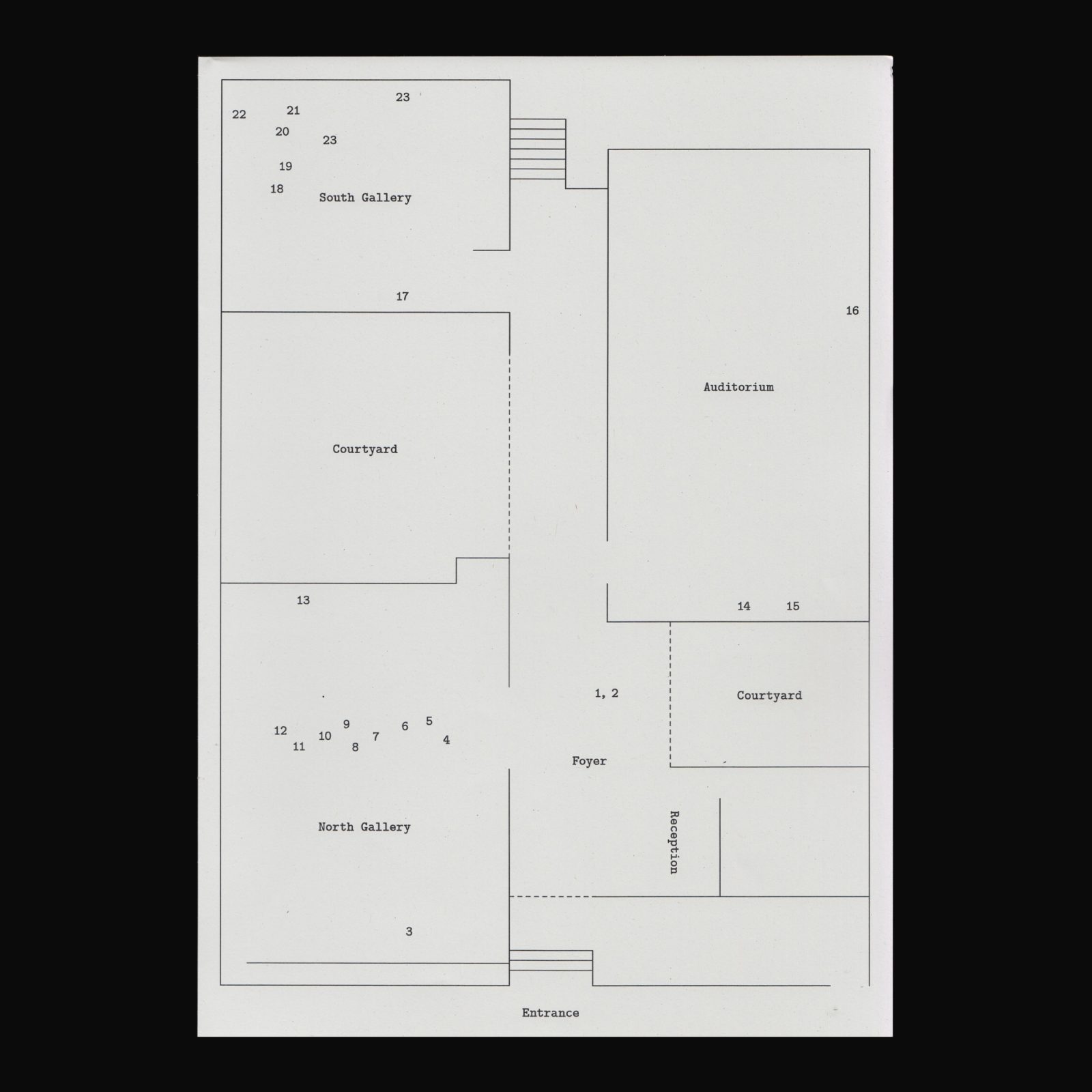
Citational Choices takes La Trobe University’s Etta Hirsh Ceramics Collection as its point of departure. The exhibition combines ceramics with archival material, moving image, sculpture and exhibition design. Together, these elements unravel the biographical stories present within the collection itself—those of Etta Hirsh, of a local art scene, of La Trobe Art Institute, and now, in the case of this exhibition, everyone newly involved. Through contemporary works which engage with personal and material archives, the exhibition pays particular attention to the stories – the anecdotal and the informal ones—that don’t often make it onto the record. Artists include Anna Daučíková, Luke Fowler, Gail Hastings, Rita Keegan and the Rita Keegan Archive Project. Exhibition design in collaboration with Maud Vervenne. Curated by Isabelle Sully.
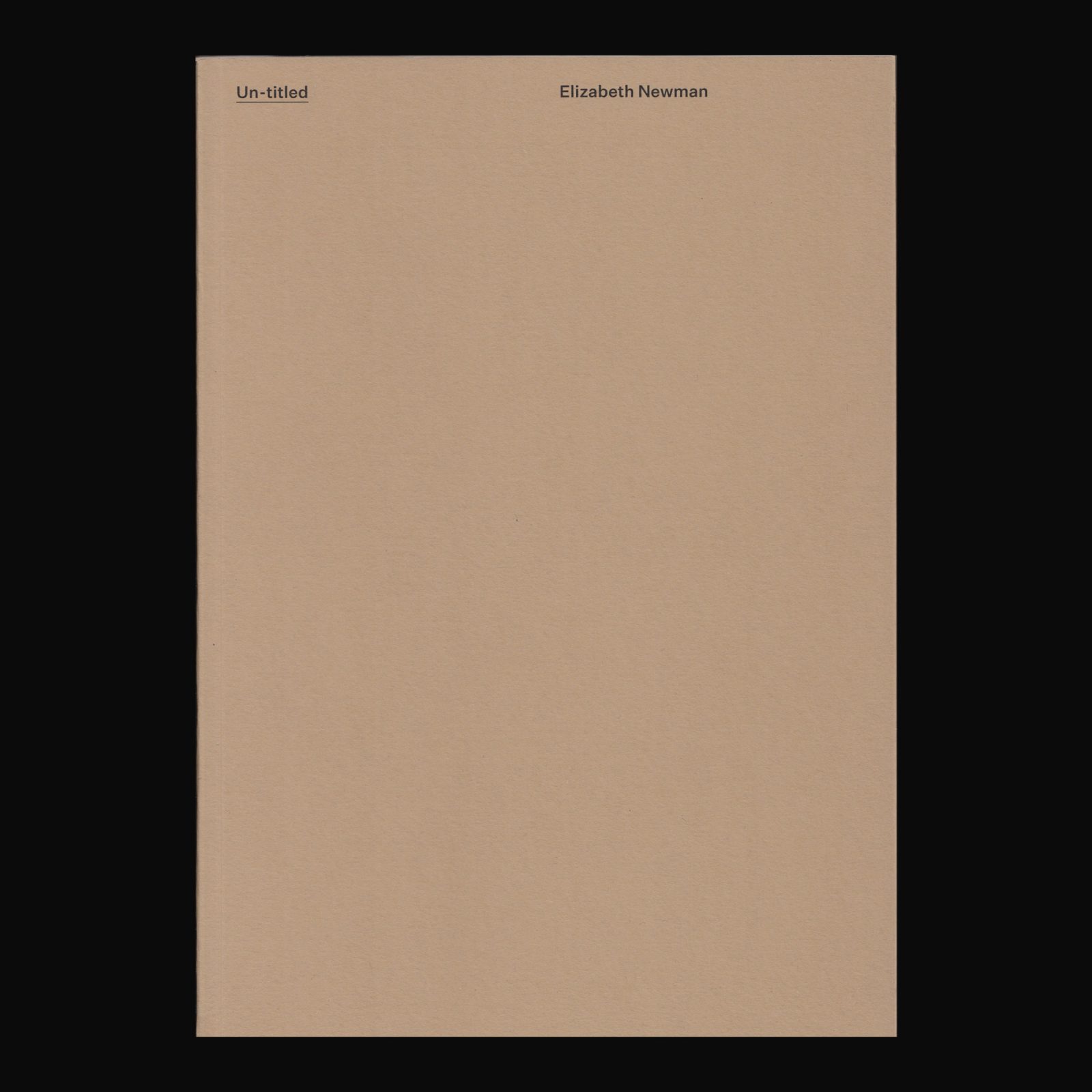
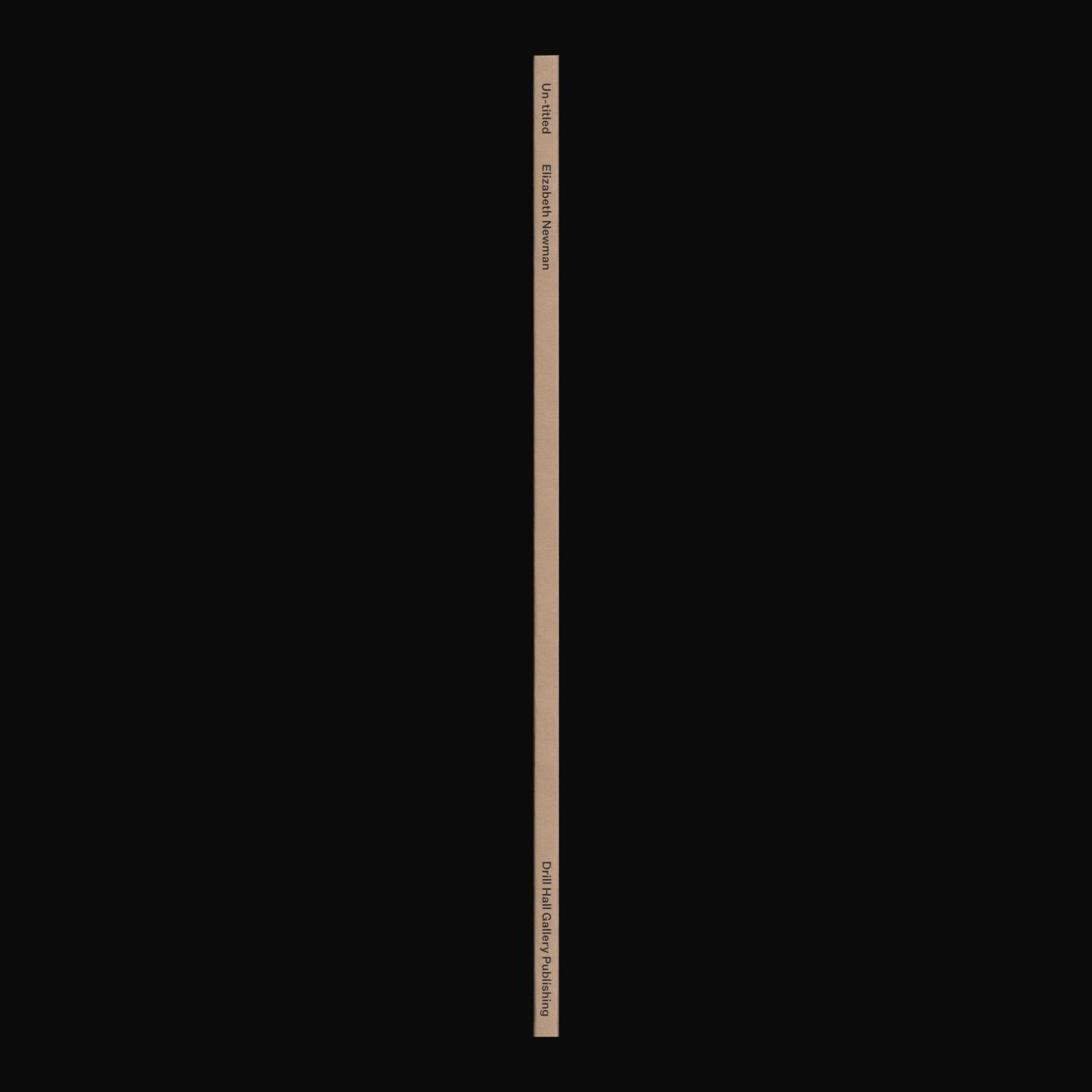
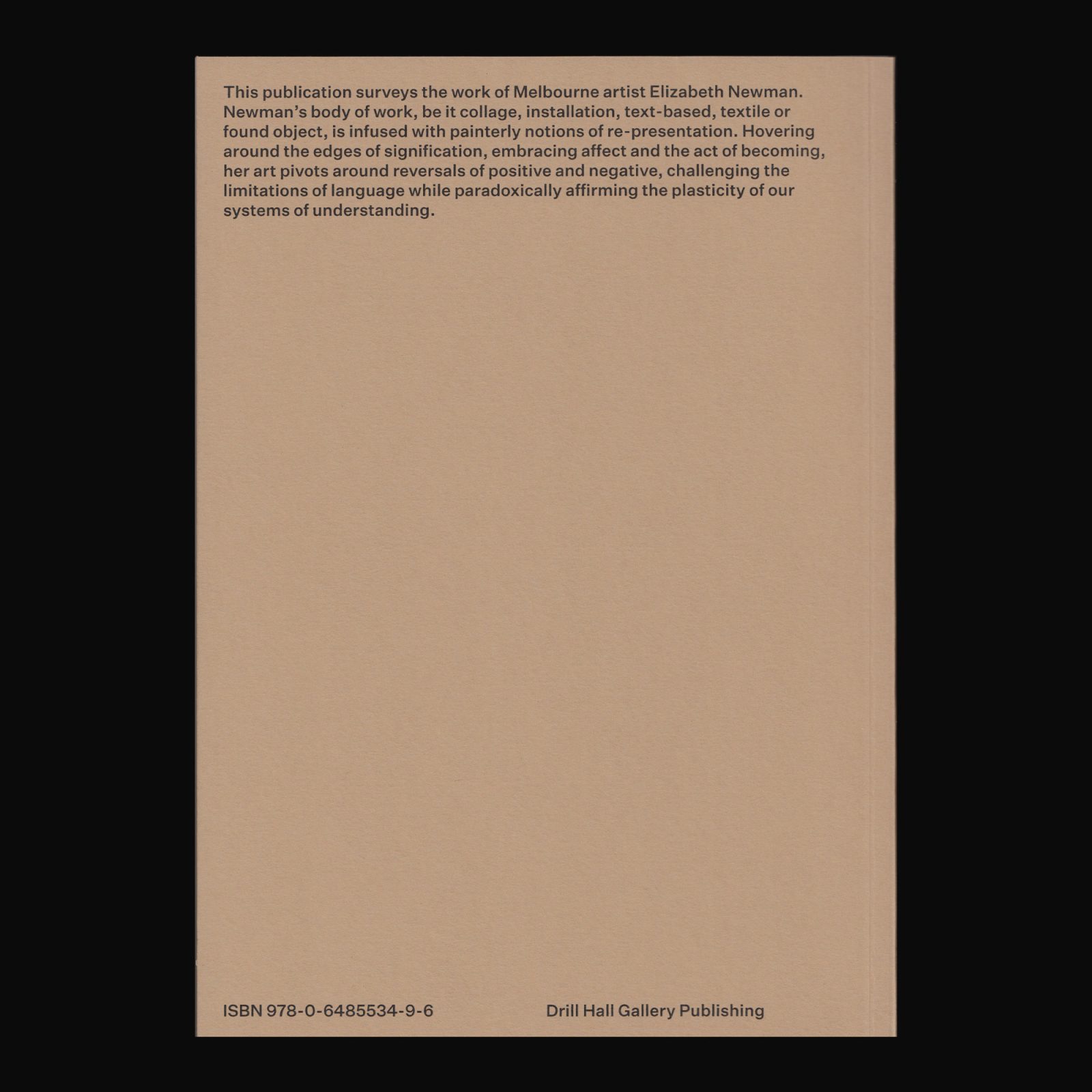
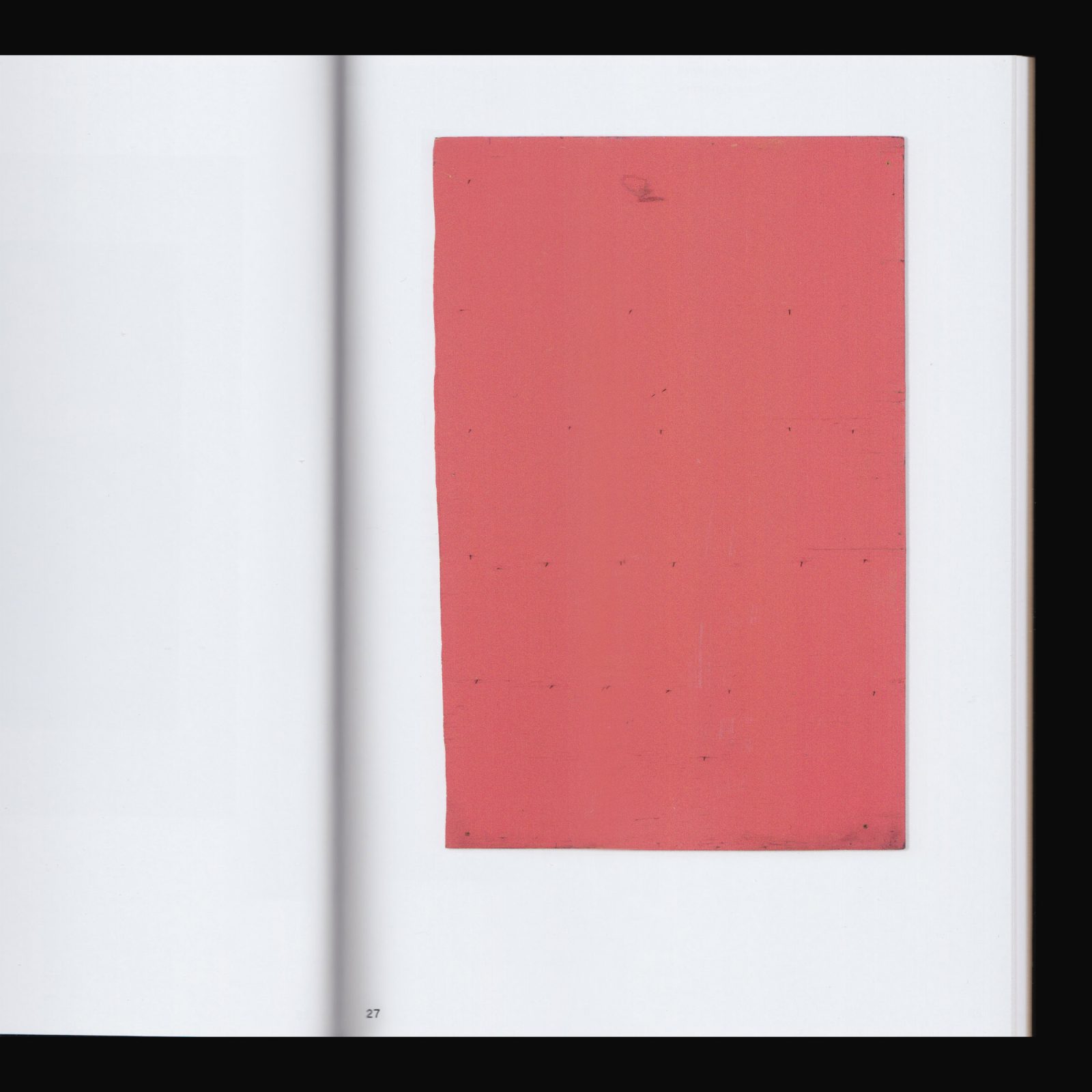
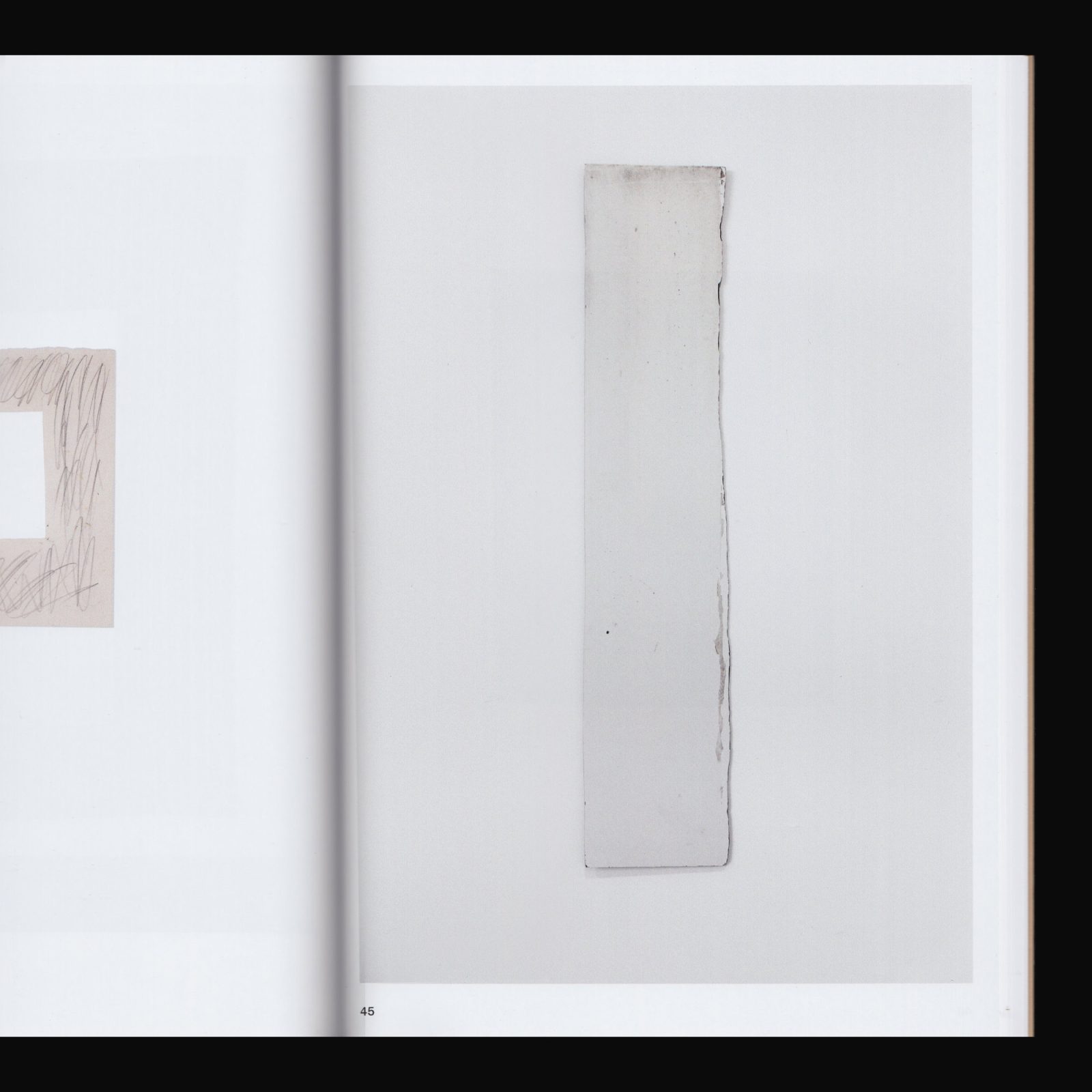
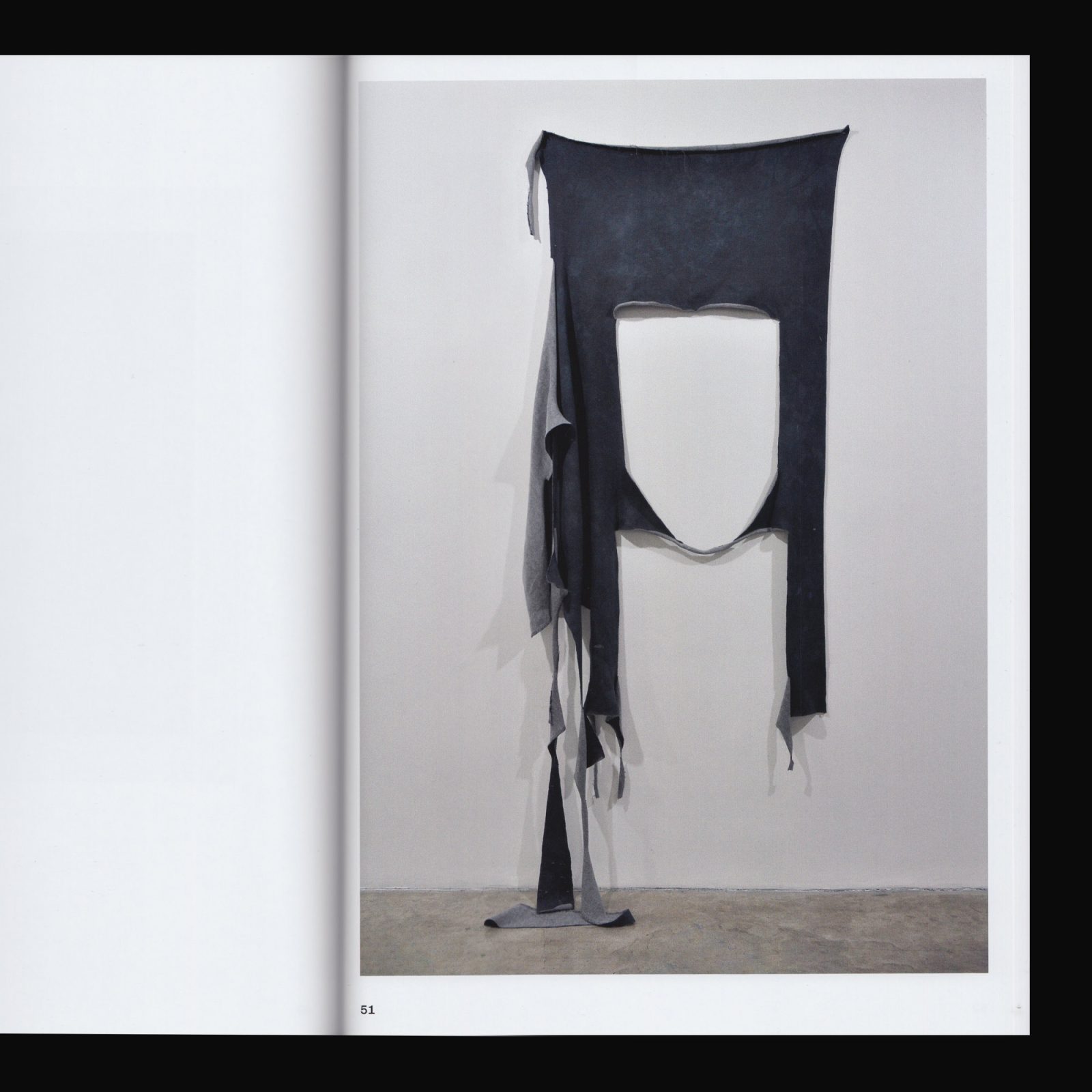
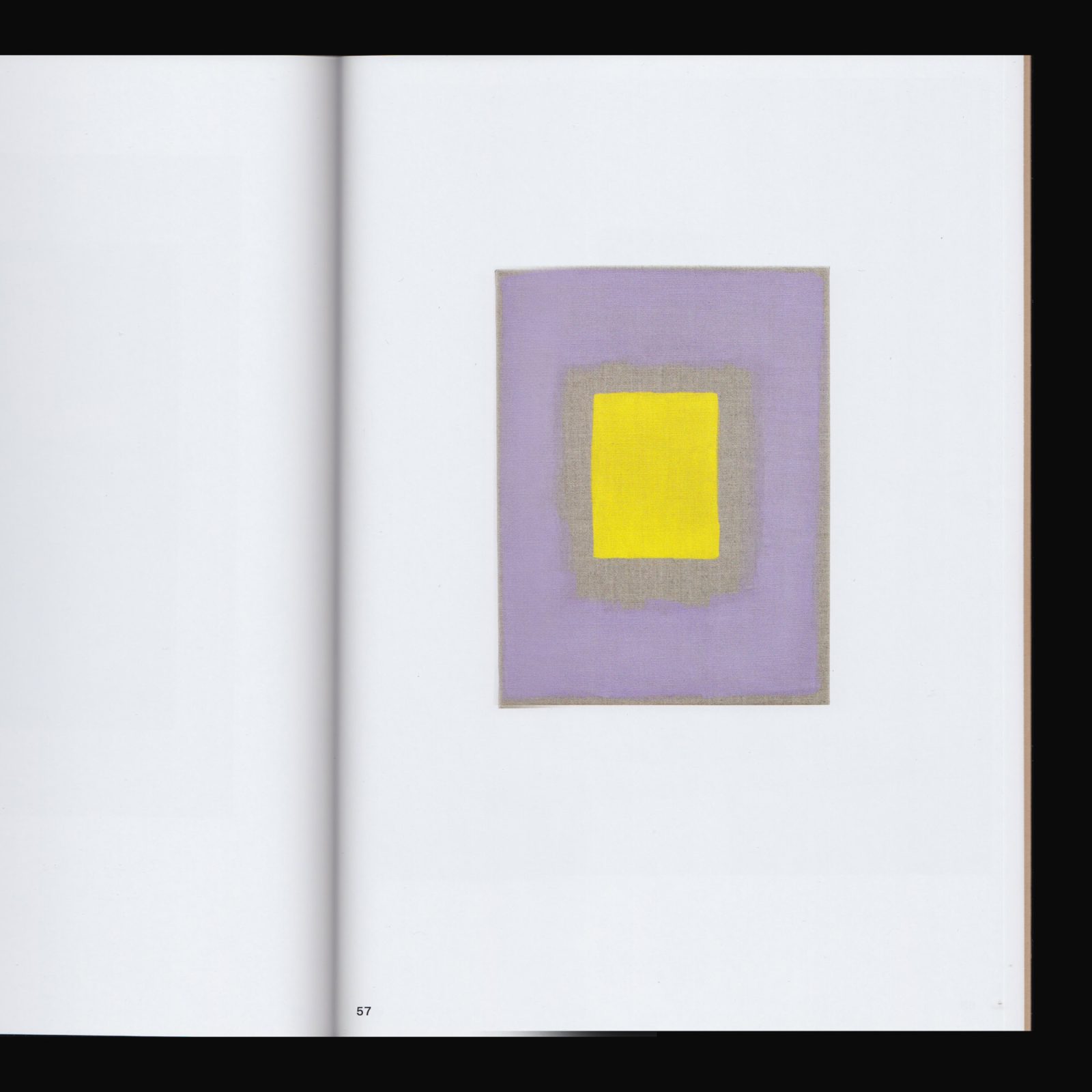
Produced on the occasion of the exhibition Un-titled: Elizabeth Newman at Drill Hall Gallery, Canberra, 20 November, 2021–23 January, 2022. The exhibition surveyed Newman’s body of work, ranging from collage, installation, text-based, textile or found object, and all infused with painterly notions of re-presentation. Hovering around the edges of signification, embracing affect and the act of becoming, her work pivots around reversals of positive and negative, challenging the limitations of language while paradoxically affirming the plasticity of our systems of understanding.
Essays by Tony Oates and Frances Plagne. Designed by Small Tasks.
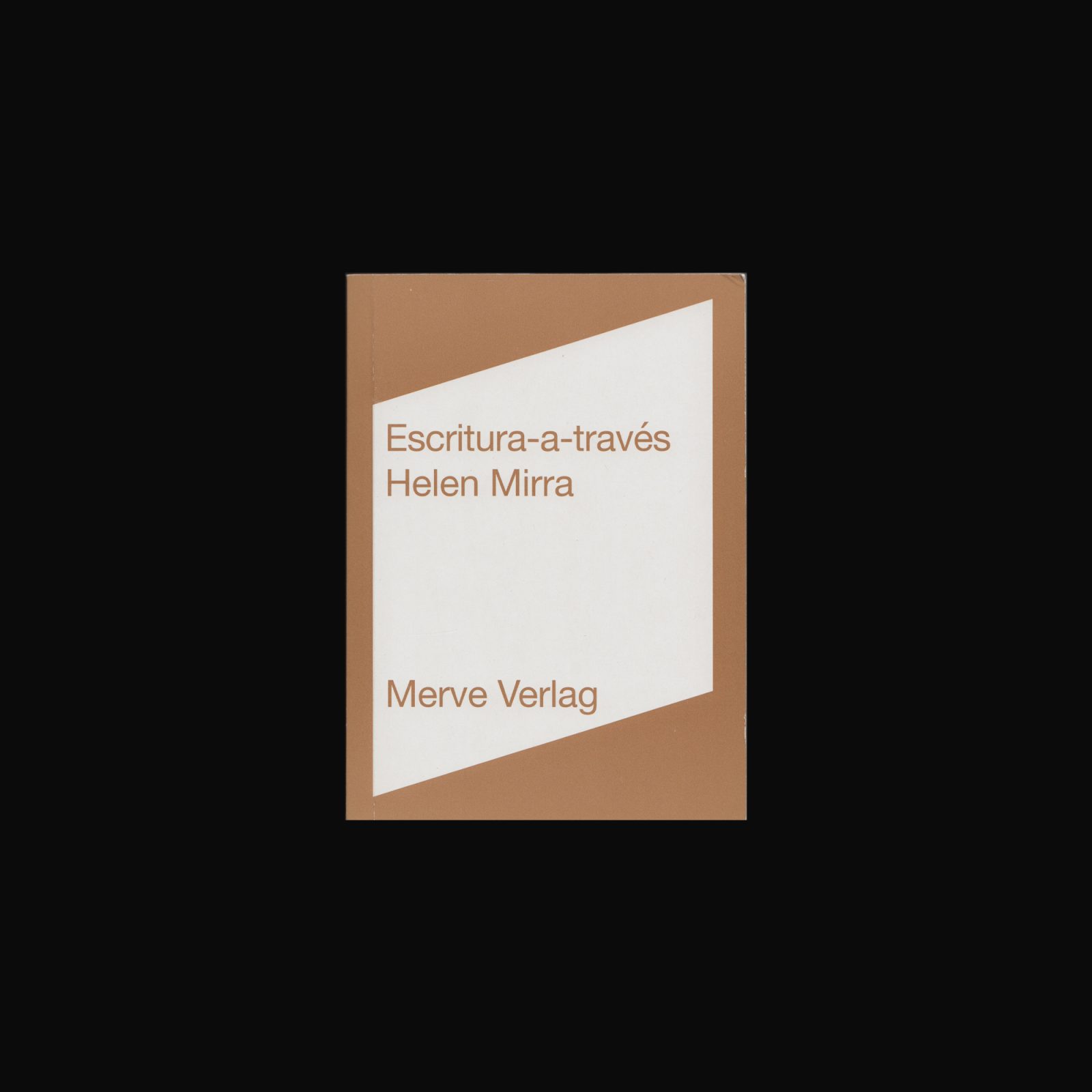

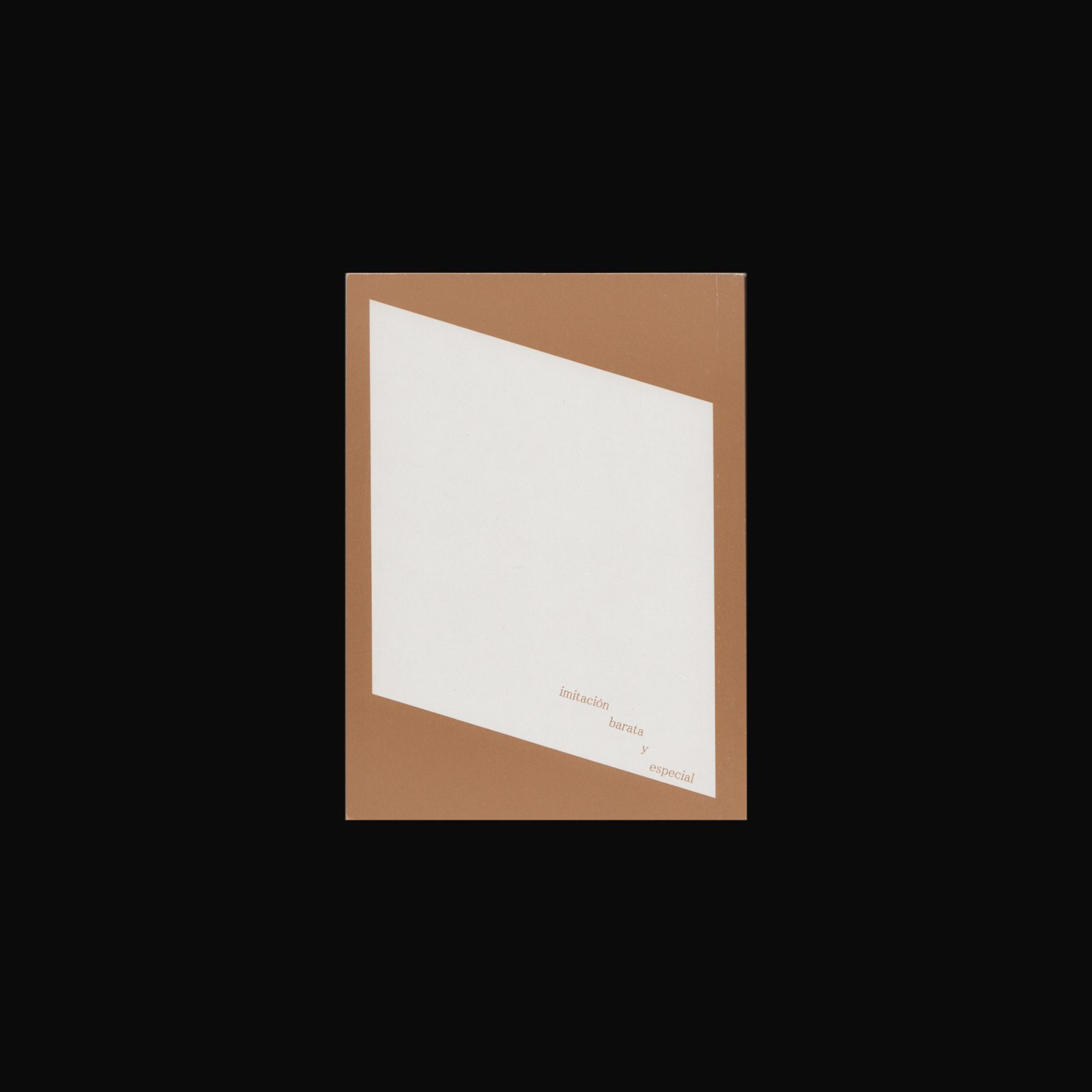
Escritura-a-través collects indices and poetic glossaries by Helen Mirra in both English and Spanish, expanding her decade-long practice of weaving text and meaning. The texts printed here are taken from past works and exhibition contexts as well as notes and contributions published elsewhere. Mirra employs the technique of parallel translation presenting both languages on facing pages in an attempt to double down on her interest in signification and access to the poetic. Her use of text mirrors a process of walking, making an archive of literature and books her basis for writing-through, creating new meaning along the way.